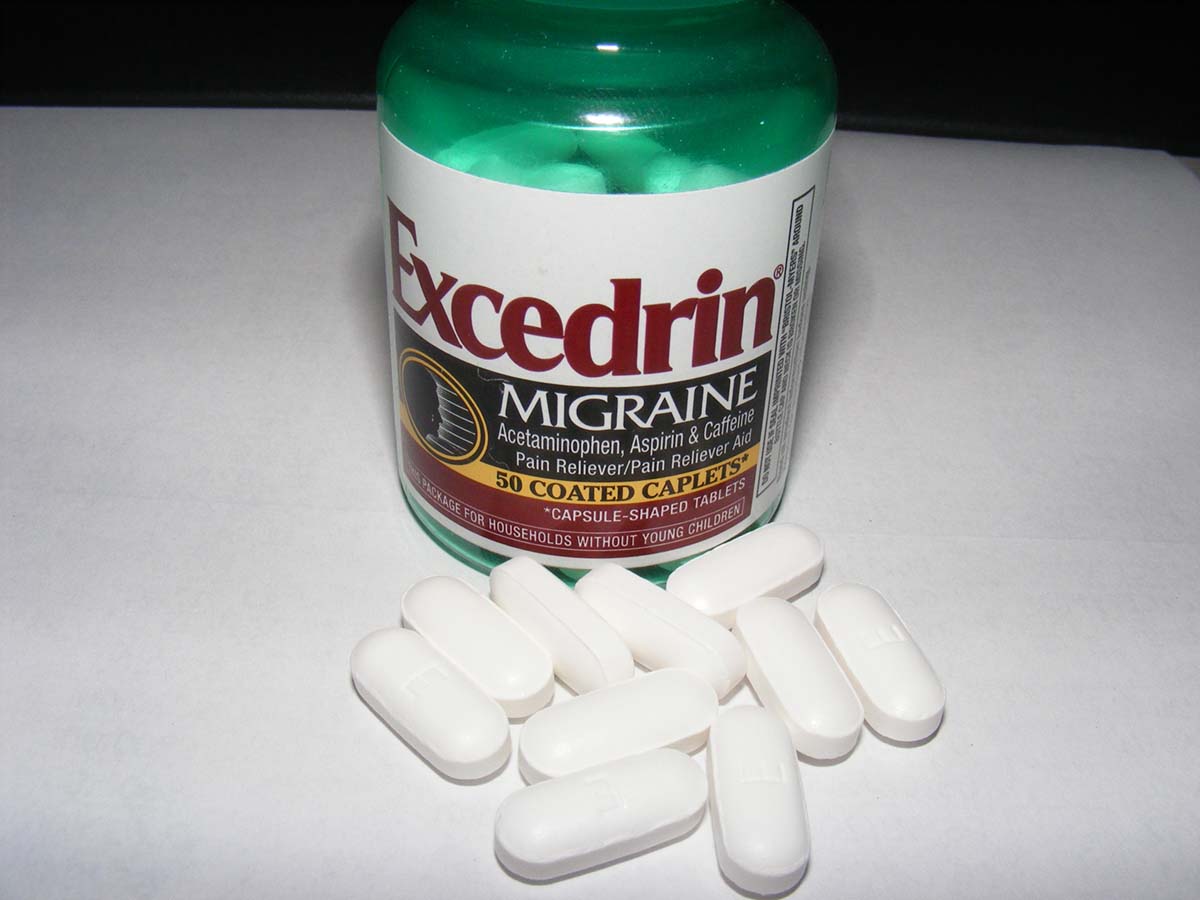
For example, some medicines for “sinus” headache contain acetaminophen. People often use more than one OTC or prescription medication with similar or the same active ingredients, unintentionally consuming more of a drug than intended.

Caffeine-containing medicines appear especially likely to cause MOH. Most OTC medicines are suspected of causing Medication Overuse Headache (MOH) if taken consistently for more than two days a week. In some cases, though, OTC medicines may make headaches worse or lead to other problems. When OTC medications work reliably and are not overused, they can be an effective treatment for some people with headache and migraine.

Be careful when mixing medications of the same class, i.e., two NSAIDs like ibuprofen with naproxen or aspirin.Don’t use OTC migraine medications too often, or they can cause medication overuse headache.Be careful with medicines that contain more than one active ingredient.Read labels and be familiar with active ingredients.It’s important to keep a few guidelines in mind when using OTC medication: Just because something is available without a prescription doesn’t mean it’s without risk. What should I know about over-the-counter migraine medications? Learn more about the difference between sinus headache and migraine here. While decongestant medication offers some relief for these people, the American Migraine Foundation (AMF) recommends patients use migraine-specific medications where possible. Research shows, however, that about 90% of these people have migraine, not sinus problems. Thus people with migraine may believe that their headaches result from sinus problems. Heavy advertising encourages the belief that a “sinus headache” is a common problem. People with headaches frequently use OTC medicines containing decongestants, which are often sold to treat colds or sinus issues.

#Amopic migraine medication plus
Here are some common OTC medications used to treat migraine, plus their active ingredients: Brand or Product NameĪctive Ingredients (plus amounts per tablet or capsule)Īspirin 250 mg, acetaminophen 250 mg, caffeine 65 mg*Ī word on decongestants and “sinus headache” Interestingly, the products sold as Excedrin® Migraine and Excedrin® Menstrual contain identical active ingredients even though they’re advertised for different conditions. When looking at OTC options, it’s important to also look at the active ingredients. OTC medications range from single ingredient medications like aspirin, acetaminophen, ibuprofen or naproxen sodium to combination medicines like Excedrin® Migraine. What are my over-the-counter migraine medication options? Research also shows that on average, someone with headache received 4.5 medicines over more than 10 years before receiving a medicine developed specifically for migraine. In fact, by the time the average patient reaches a headache specialist, they have tried more than two OTC treatments. Most people with migraine use OTC medication at some point. While OTC medication for migraine don’t require a prescription, they are still medications, and it is important for you to discuss them with your doctor when coming up with a migraine management plan. Over-the-counter (OTC) medications, which are accessible and sometimes more affordable than prescription treatments, are a great tool to add to your migraine treatment plan.


 0 kommentar(er)
0 kommentar(er)
